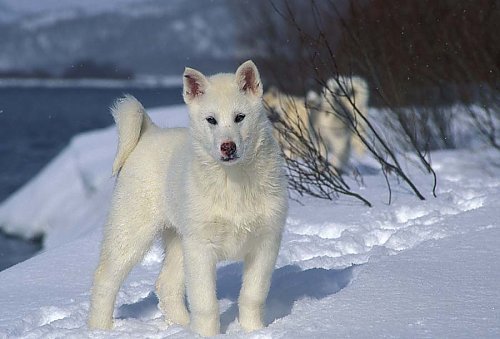
The “real” winter begins in northern Norway in November.
Now the sun sets, and for a long time – the polar night lasts over two months. Polar night at our latitude means that we still have four hours of daylight on the day of the longest night, which is December 22.
Now are the best chances to observe the northern lights. Veils of light and color rage across the sky and are reflected in the snowy landscape.
From mid-January to mid-February – when the sun is still very low – the landscape is bathed in a clear, warm and intense light. This is also the time when the most **spectacular photos are taken.
At the end of February the winter becomes noticeably more moderate. Temperatures rarely reach the -25 degree mark, and the sun is already quite high and starts warming.
In March, the days are already as long as in Central Europe. At the end of April it does not get dark even at night. Only from the middle of May the snow becomes so soft that dog sledding becomes difficult.

Aurora Borealis
Especially the polar nights leaves plenty of room for the Aurora Borealis, because if you want to see it, the sky must be cloudless and dark – the darker, the better.
Shimmering veils of light dancing across the sky and changing intensity – that is the special attraction of the Aurora Borealis and the polar night.
Mostly the light appears in green color; already more rarely the veils have a reddish glow. The greater the activities on the sun, the more impressive the Aurora Borealis appears.




